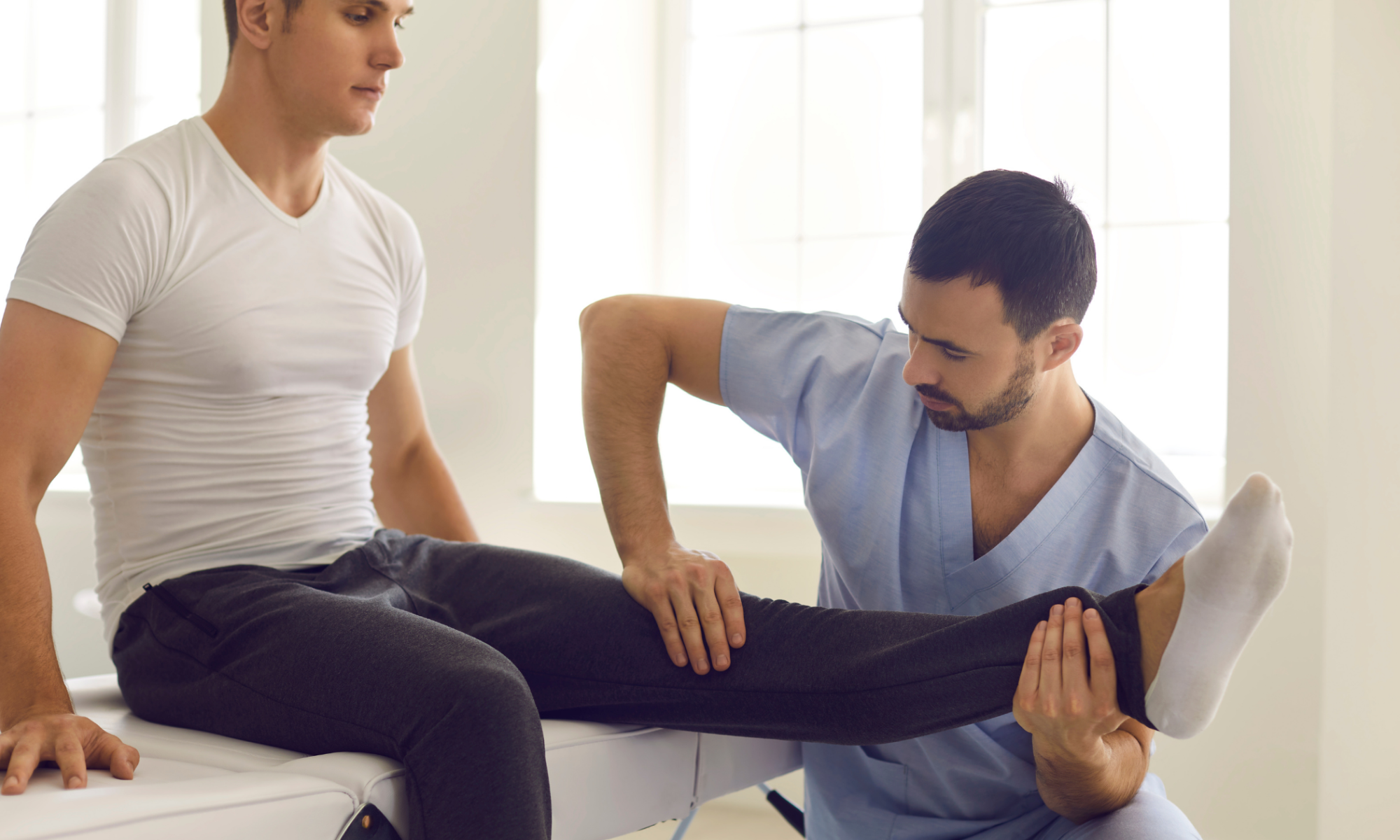It is common to experience weakness, stiffness or tenderness as you recover from orthopaedic surgery. Causes include lack of exercise, as well as the strain the operation itself puts on the body. While rest is important during recovery, too much can cause lack of mobility, reduced range of motion, muscle atrophy and overall weakness. Physical therapy is key in building your muscle strength back up as you heal, and making sure your body is as strong as it can be. At Southwoods Orthopaedics, we are committed to restoring your ability to move after an orthopedic operation. Keep reading to learn more about the benefits of physical therapy after orthopedic surgery.
Strengthened Muscles
After a hip replacement, knee replacement, or any major orthopaedic surgery, muscle weakness is a frequent challenge. A personalized therapy plan prescribed by your orthopedic doctor will target weakened muscles to help you regain strength and function. By following the exercise regimen designed for your needs, you can build up muscle strength and return to your daily activities. It’s important to remember that each patient recovers at their own pace, and your orthopedic surgeon will ensure your therapy plan matches your individual recovery timeline.
Enhanced Mobility
Loss of mobility is a common issue after joint replacement surgery, and it can be especially frustrating. Although rest is necessary, it’s vital to avoid letting a lack of movement worsen your range of motion. Physical therapy focuses on stretching and strengthening exercises to improve mobility, helping you use your muscles again sooner. Assistive devices such as canes, crutches, or walkers can also reduce the strain on your joints during recovery, making it easier to regain your mobility safely.
Improved Circulation
Following orthopaedic surgery, particularly after a hip replacement or knee replacement, extended periods of sitting or lying down can hinder circulation. Restricted blood flow can lead to complications such as delayed healing, increased pain, or even infection. Physical therapy includes exercises that boost circulation, providing your body with the blood flow necessary for proper healing. By staying active through physical therapy, you can enhance circulation and reduce the chances of post-surgical complications.
Pain Reduction
Recovering after an orthopedic surgery can be painful, and many people worry that physical therapy may cause them more pain. However, physical therapy actually increases muscle strength and joint function which helps alleviate pain over time. This can make your recovery time shorter and decrease the need for pain medication. Your orthopedist will guide you through recovery from start to finish.
Strengthened Core
Your core is the center of your body, and having a strong core is key to keeping you stable and preventing other injuries. A weakened core can lead to balance and stability issues, putting you at risk for injury and making recovery time longer. Physical therapists often focus on core exercises to increase stability and improve your overall health.
The decision to have surgery is such an important one. Studies show effective patient education prior to surgery and physical therapy participation after surgery contribute to more positive patient outcomes. At Southwoods, we focus on creating the best experience for our patients. If you are considering orthopaedic surgery, learn more about our orthopedic surgeons on our Find a Physician page or for more information contact Southwoods Health today!




